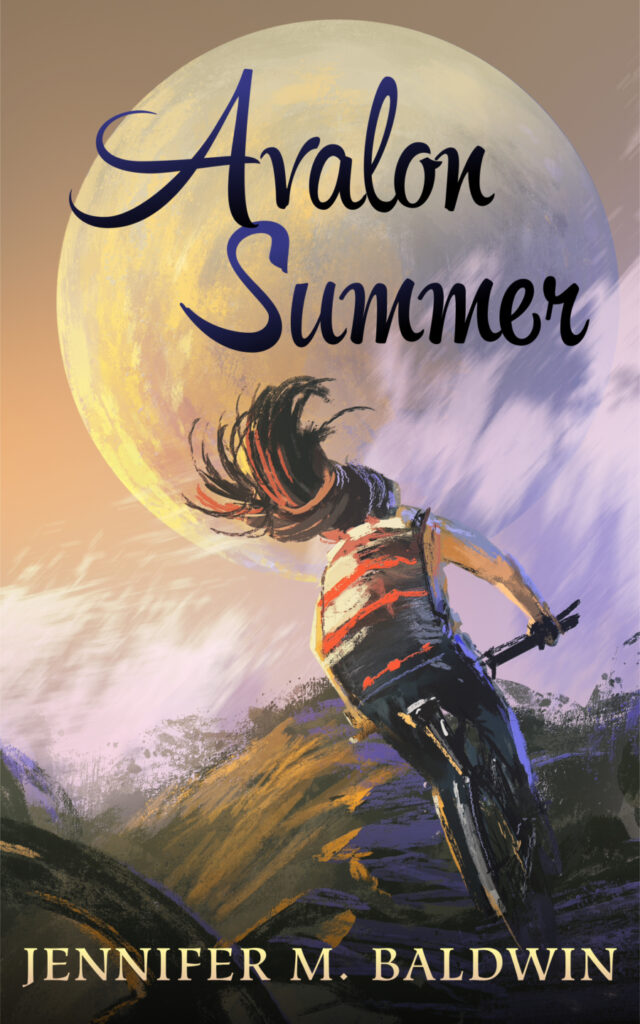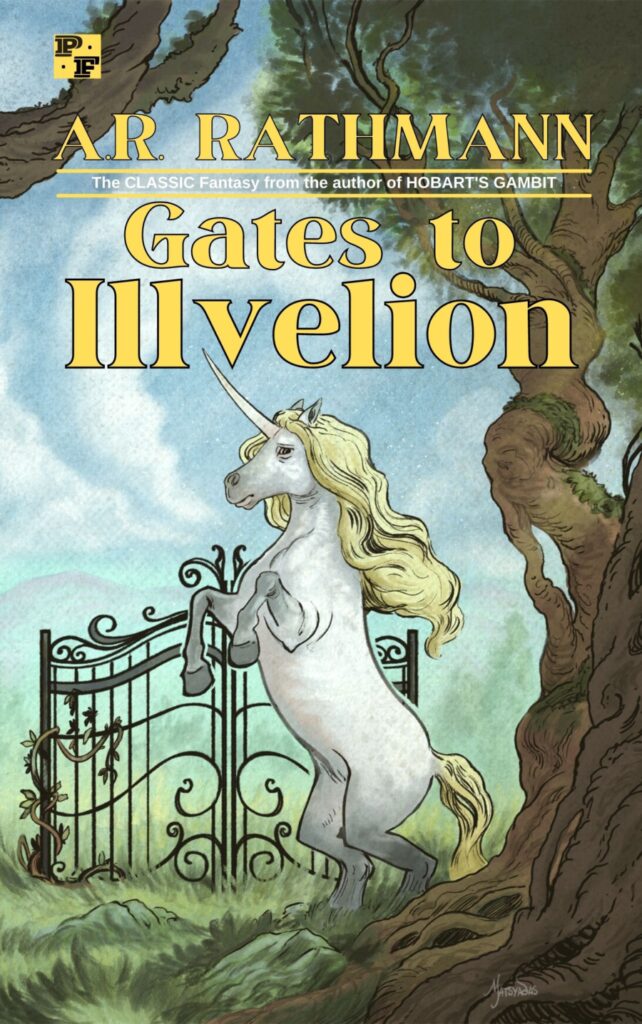Have been reading Lawrence Block’s A Writer Prepares and loving it so far. It’s about his earliest days as a writer in New York in the 1950s, writing a bunch of stuff under pseudonyms. What I love the most — besides Block’s very funny conversational style — is the way he describes his writing process and the sheer energy he brought to his work at the time. It’s inspirational to me. I realize that I very much want to be a pulp-style writer who writes quickly and with gusto. I’m reminded of Bradbury’s working habits too, his furious energy and joy. Bradbury calls it “zest” in Zen in the Art of Writing.
The question I keep coming back to is this: How do I write with more zest? How do I sit down in the morning and by the afternoon have an entire short story written? How do I write 4,000 words per day (or more) like Block and Bradbury and the rest of these pulpsters?
Of course, the simplest answer is, “Sit down for four hours and write four thousand words.” But I don’t have four hours, not really, most days. I could probably piece together that time if I took every spare minute I wasn’t working as an editor or taking care of my kids or my home, but most of my free hours are after the kids are in bed — when I am a living zombie and my brain can’t string more than three words together — or in drips and drabs throughout the day (also, a girl has got to eat sometime).
Unfortunately for me, my brain can’t sit down for only five minutes and start writing fiction. I need a bit more time to gather myself, to clear my head, to reenter my manuscript (this last one is the most important… I need at least five minutes to reread what I wrote previously before I can get back into the story). Maybe this is my fatal flaw, I don’t know. But my brain just doesn’t work that quickly.
So if I have, let’s say, ten minutes free time (this is the average length of time between the fights my kids have over toys or whatever). I sit down at the computer, reread what I wrote. That’s five minutes of the ten. Then I start writing for five minutes. Cool, I get about fifty words written, one hundred if I’m lucky. But then I’m called away by my kids or a household chore. I might not have another ten minutes again for the rest of the day. Having little kids means not having a set time when I can sit down to write. Little kids means a life of flux.
It’s not a great plan for finishing a short story in one day (unless it’s super-duper flash fiction). And it’s not a great plan for writing a novel at pulp speed. Sure, I can write one hundred words a day and eventually finish something. And there’s nothing wrong with doing that. Maybe that’s what I have to do. I have done that before.
But I long for the Lawrence Block/Ray Bradbury life of writing entire stories in one day, of writing at a furious speed.
I can try to get up early, before the kids wake up. But due to several issues (one of which is that I’d like to spend time with my husband in the evening before bed, so I can’t go to bed before 10:30/11:00 p.m. if I want to see him and talk to him; my kids have a rather late bedtime of 9:00 p.m.), I can’t get up too early. 6:30 a.m. is probably my earliest wake up time. So from 6:30 to 7:30 a.m., if I can peel myself off the bed sheets, I can write without distraction. Not exactly four hours, but it’s something.
In fact, I did that today. Got up at 6:45ish and headed down to the computer by 7:15. Did I work on my manuscript? Yes.
I wrote one sentence. One.
My brain just wasn’t functioning. I didn’t have the zest.
How can I get the zest? How can I cultivate it? This is why I can’t seem to be a Block/Bradbury-style pulpster writer. I had thirty minutes to write fiction, and I could only manage one sentence. My brain is pretty useless in the morning, apparently. It sucks that my ideal writing time is neither early in the morning nor later at night, but right smack dab in the middle of the day when I need to take care of my kids and get my freelance work done.
But what this morning’s one-sentence affair shows is that time isn’t really the issue. Yes, I was tired this morning, and yes, I couldn’t manage more than a sentence. But what really stops me from writing swiftly and with wild abandon like Block and Bradbury is fear. I can’t be zesty and write with gusto if I’m afraid. That’s the real problem. Fear.
Now all I have to do is figure out how to let go of the fear. Should be easy, right? (This is sarcasm.)
What am I afraid of? Fear of writing something bad, which is almost always the fear for writers. Bad can come in different flavors: using the wrong words, writing a stupid idea, sounding like a fool. Bad can mean writing something totally derivative and unoriginal. Bad can mean boring (the worst crime of all). Bad can mean incoherence or a canyon of plot holes or one-dimensional characters. That’s the fear. Fear that I’ll write something bad and be judged for it. And that judgment can come from others or it can come from myself. I can hate it or others can hate it, but either way, I’m afraid to be judged.
This is where the process mindset stuff comes in. Focus on process not product. Who cares if the finished product is terrible, what matters is the process. Enjoy the process!
I keep telling myself this. Because I do enjoy the process. I love the process. I love thinking up stories and images and characters and writing down what’s in my head. I can’t think of anything I love more (except maybe reading books, but reading books and writing books are like two sides of the same coin).
But my process, despite my best efforts, is a slow process. I need time to get back into my story. I need time to think and ponder and daydream and let stuff simmer, and maybe all of that is just my way of dealing with my fear, but I don’t think it is. I think that’s just how my brain works. Or not. I don’t know.
I do know that it really helps to be thinking about my story all day long, to be listening to music, to be daydreaming while washing dishes or making lunches. What gets me stuck is when I let my story drift into the background and all the other anxieties and responsibilities of the day take over. I can’t be zesty on command, when my butt hits the chair for ten minutes a day. I need to stay zesty all day long. I need to make the whole day part of my process, even as I’m doing other stuff, all the survival stuff like feeding my kids and making money from my day job. I still need to keep my story in mind, still need to let my imagination wander.
I want to restart my morning writing habit, my 6:30-7:30 butt-in-chair time, but in order to write more than one sentence, I need to be thinking about my story all day long. If I’m caught up in my story — in the process of making stuff up — then hopefully I won’t have time for fear. If I’m having fun all day using my imagination, then the anxieties about judgment can’t creep in. Zesty is a state of mind, but it’s also a habit of being. I need to stay zesty all day by living in my imagination all day. Then, when 6:30 a.m. rolls around — or those ten minutes of free time — my brain will be ready.
That’s the theory, anyway.


